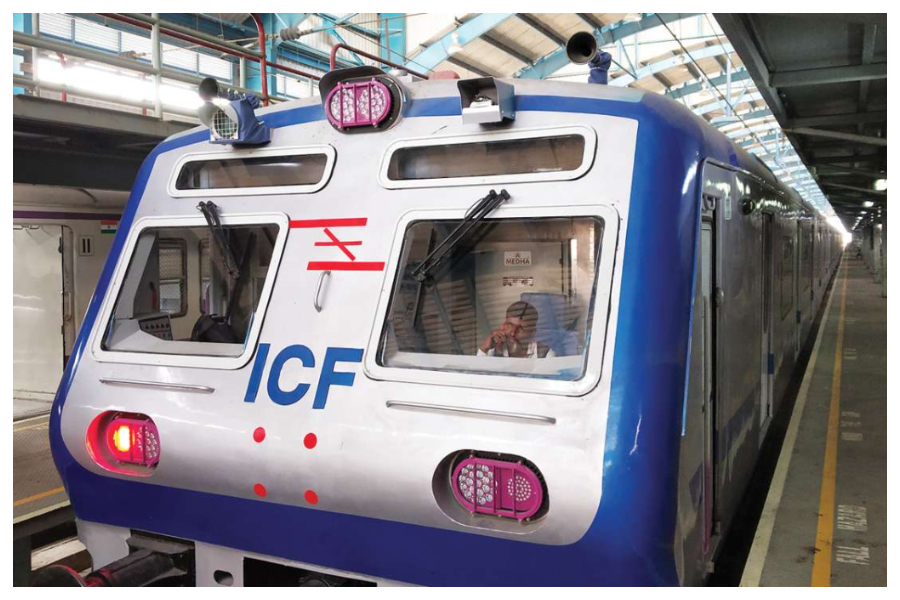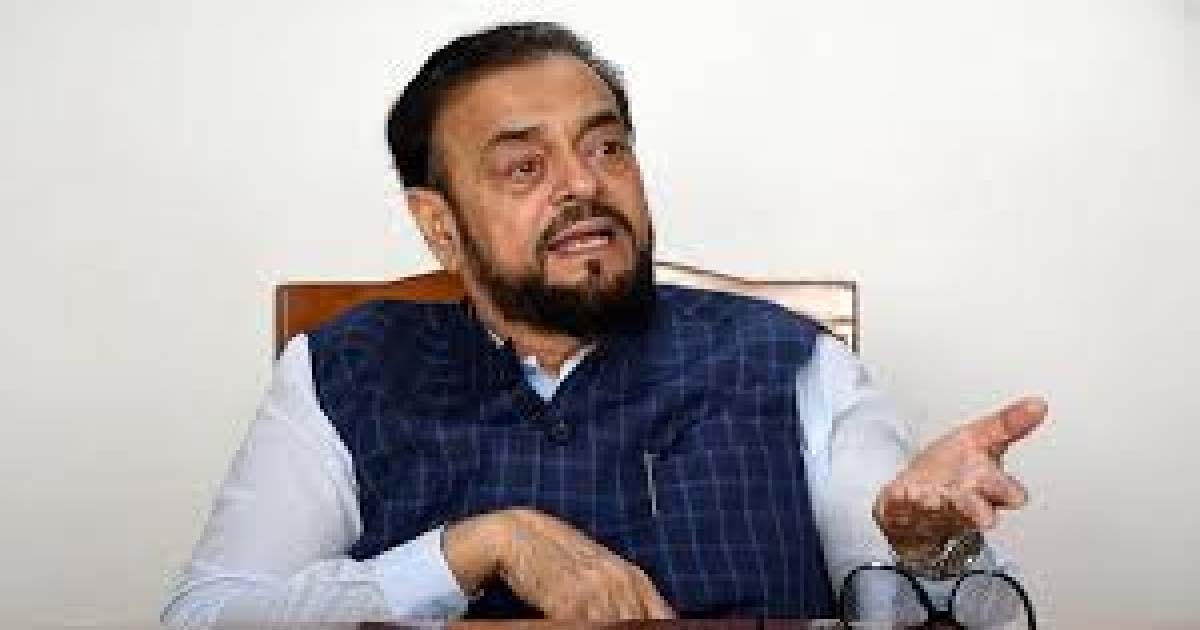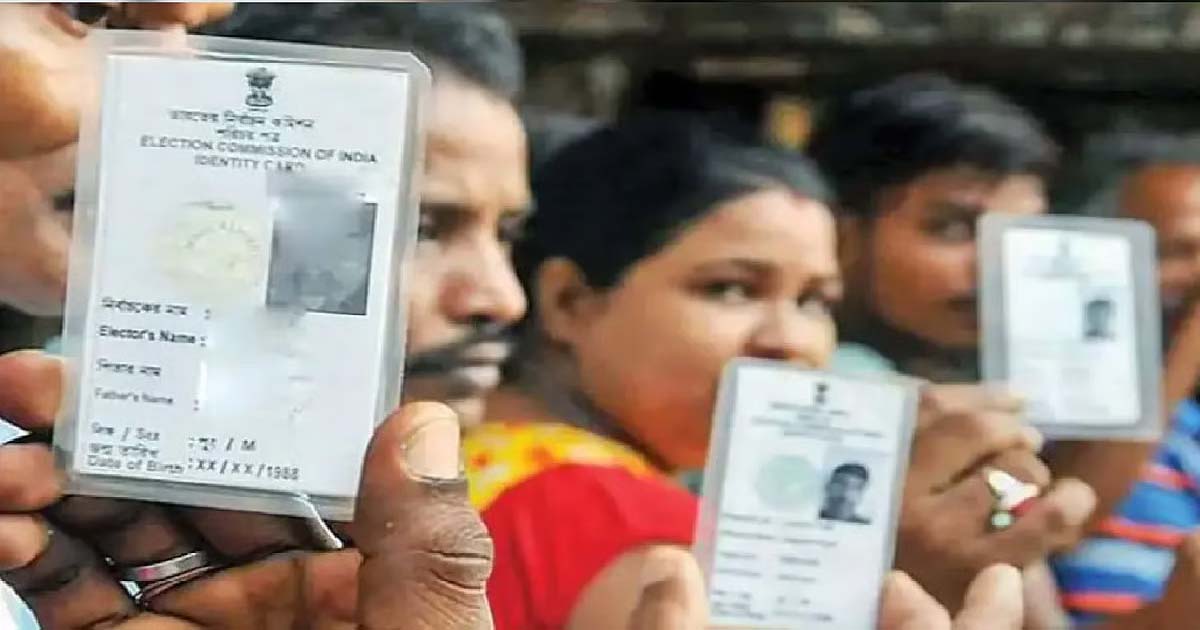Maharashtra
Mumbai suburban AC train ticket rates slashed by 50%

In a major move, Union Minister of State for Railways Raosaheb Danve-Patil announced a 50 per cent reduction in the commuter ticket rates for suburban air-conditioned trains services, here on Friday.
He made the announcement during a function at the Central Railway’s Byculla Station.
The move to slash the ticket rates is expected to make air-conditioned local train travel more popular among the Mumbai commuters, ahead of the upcoming BrihanMumbai Municipal Corporation elections.
During a recent survey, the railways said that 98 per cent of the commuters found the AC train tickets rates too steep and 95 per cent wanted more AC trains to be run on the suburban sections.
Bharatiya Janata Party Leader of Opposition Devendra Fadnavis welcomed the decision and said it would benefit Mumbai’s 85 lakh daily commuters — who use local trains to commute long distances between Mumbai, Thane, Palghar and Raigad.
Maharashtra
Maharashtra: Abu Asim Azmi presents bill in the House against religious hatred and blasphemy, application of MCOCA and UAPA also included in the draft bill

Mumbai: Nagpur Samajwadi Party leader and MLA Abu Asim Azmi presented a private bill in the Maharashtra Legislative Assembly against those who spread blasphemy and religious hatred. The bill demands action against hate elements and calls for action under MCOCA and UAPA against those who spread religious hatred, in addition to ten years of imprisonment and a bail of Rs 2 lakh so that sectarians do not get bail and such cases of spreading religious hatred are banned. He told the House that there has been an increase in cases of blasphemy in the country and in such a situation, tension arises in the country. Action should be taken against such elements to maintain law and order. This will be possible only when action is taken against such sectarians who promote a hate agenda under the guise of freedom of expression. He said that the Supreme Court had also issued an order for strict action against hate elements and miscreants and has banned inflammatory and hate speech. In such a situation, Maharashtra The bill has been formally introduced in the House to take action against those who spread religious hatred and incite hatred against important people. The draft bill proposes to register a case against communalists under the section of the MCOCA UAPA, which carries a maximum sentence of ten years, so that such elements cannot be granted bail.
Maharashtra
Mumbai fuel theft gang busted, 13 accused arreste, The gang of thieves had attempted to steal fuel in November

Mumbai: Police claims to have busted a petrol theft gang. The accused were arrested for attempting to steal petrol from BPCL company on November 14 at around 3:30 am under the limits of RCF police station in Mumbai. A complaint was registered for attempting to steal fuel from the underground 18-inch Mumbai Manmade Multi-Product pipeline on Mumbai Gadkari Road. Vinod Devchand Pandit was arrested from Chembur on November 17 on the basis of technical investigation and information from an informant. His investigation revealed that the mastermind of this racket, Riaz Ahmed Ayub (59), Salim Mohammad Ali, Vinod Devchand Pandit had hatched a plan to steal fuel. 13 accused including Gopal Narayan, Mohammad Irfan, Vinay Shashikant, Ahmed Khan Juman Khan, Nishan Jagdish, Mustafa Manzoor, Nasir Shaukat, Imtiaz Asif have been arrested. All these accused have been arrested from various areas. Their arrests were made from Mumbai, Navi Mumbai and surrounding areas. This operation was carried out by Additional Commissioner Mahesh Patil and DCP Sameer Sheikh on the instructions of Mumbai Police Commissioner Deven Bharti.
Maharashtra
Vasai-Virar Faces 50,000 Duplicate Entries In Voter Roll; Voters Asked To Choose Single Booth

Virar: More than 50,000 duplicate voters have been found in the Vasai-Virar city area. The Municipal Corporation has published a list of these voters on its website. The Corporation has appealed to those whose names appear in duplicate to visit and vote at any one polling center of their choice and inform the Corporation of their decision in advance.
More than 50,000 duplicate voters were found in the draft voter lists published by the Vasai-Virar Municipal Corporation. This large number of duplicate entries has created a major conundrum. To resolve this issue, the Election Commission has allowed voters with duplicate names to cast their vote at any single designated polling center.
Accordingly, the Vasai-Virar Municipal Corporation has published the list of 50,000 duplicate voters on the municipal website. Municipal Commissioner Manoj Kumar Suryawanshi has appealed to these voters to check their names, select one polling center, and vote there.
-

 Crime3 years ago
Crime3 years agoClass 10 student jumps to death in Jaipur
-

 Maharashtra1 year ago
Maharashtra1 year agoMumbai Local Train Update: Central Railway’s New Timetable Comes Into Effect; Check Full List Of Revised Timings & Stations
-

 Maharashtra1 year ago
Maharashtra1 year agoMumbai To Go Toll-Free Tonight! Maharashtra Govt Announces Complete Toll Waiver For Light Motor Vehicles At All 5 Entry Points Of City
-

 Maharashtra1 year ago
Maharashtra1 year agoFalse photo of Imtiaz Jaleel’s rally, exposing the fooling conspiracy
-

 National News1 year ago
National News1 year agoMinistry of Railways rolls out Special Drive 4.0 with focus on digitisation, cleanliness, inclusiveness and grievance redressal
-

 Maharashtra1 year ago
Maharashtra1 year agoMaharashtra Elections 2024: Mumbai Metro & BEST Services Extended Till Midnight On Voting Day
-

 National News1 year ago
National News1 year agoJ&K: 4 Jawans Killed, 28 Injured After Bus Carrying BSF Personnel For Poll Duty Falls Into Gorge In Budgam; Terrifying Visuals Surface
-

 Crime1 year ago
Crime1 year agoBaba Siddique Murder: Mumbai Police Unable To Get Lawrence Bishnoi Custody Due To Home Ministry Order, Says Report












